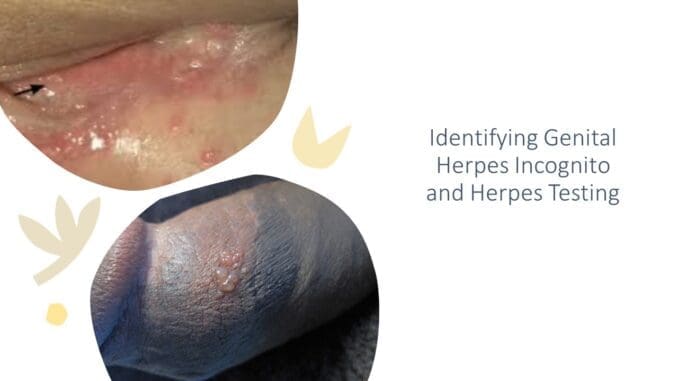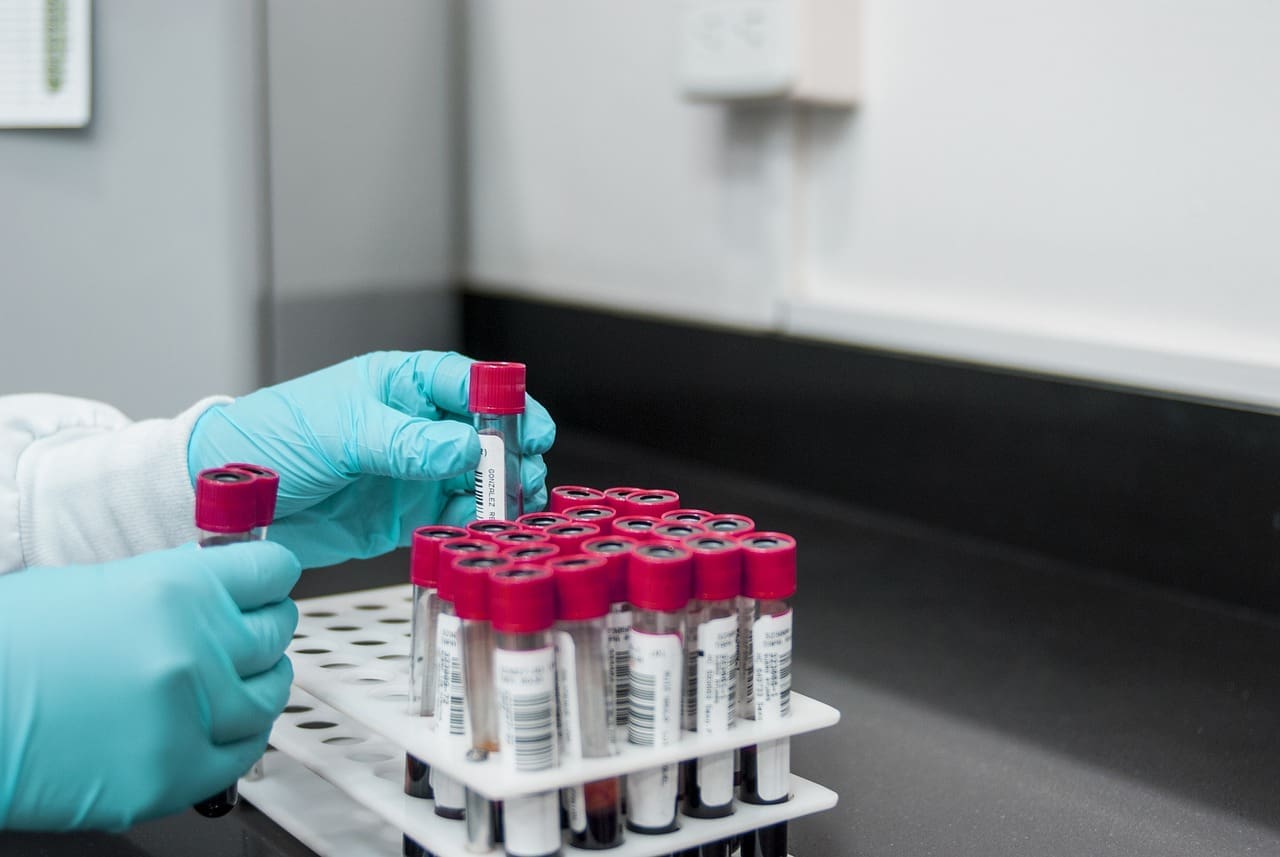
Because genital herpes is one of the most common sexually transmitted diseases, early diagnosis and treatment are necessary. Unfortunately, however, the variability or nonexistence of symptoms associated with it causes it to oftentimes go unrecognized and undiagnosed unless proper herpes testing is performed. Because of its varying faces and disguise, the neologism herpes incognito is born.

This STD is caused by the herpes simplex virus, which has two forms: type 1 and type 2. The type I virus is designated HSV-1 and the type II virus is designated HSV-2. It was formerly believed in the healthcare field that HSV-1 only caused disease above the waist, primarily cold sores around the mouth, and that HSV-2 was responsible for infection below the waist in the genital areas manifested by blisters.
It is currently recognized in today’s age that either virus can cause infection in either area of the body, which must be considered when undergoing herpes testing. Most cases of genital herpes are caused by HSV-2, and most cases of cold sores, also known as herpes labialis, are caused by HSV-1.
During medical training in the 1980s, the general perception was that genital herpes was easily recognized and diagnosed because infected individuals develop genital blisters that break open, resulting in raw sores that form scabs and generally heal within one to three weeks. Given this classic presentation, the diagnosis can be quickly confirmed by herpes testing of fluid from the blisters. Still, unfortunately, it is now recognized that most individuals with genital herpes don’t experience the classic presentation.
Conversely, many individuals only notice skin irritation, breakage, or tearing in the genital area, suspected to be the result of chafing by tight-fitting clothes or other factors such as wiping laundry detergent or bath soap. Because the area heals within seven to ten days of applying a believed home remedy, the infected person concludes that mechanical irritation was the cause of the symptoms when, in fact, the experience was the natural course of a mild herpetic outbreak, which might have been initial or recurrent.
Herpes testing of a specimen obtained by swabbing the area of an atypical outbreak will sometimes provide a diagnosis. Still, more times than not, herpes blood testing is required to unmask genital herpes incognito and establish the diagnosis when the disease presents in such a disguised manner because testing of swabbed specimens frequently results in false negative test results.

As common as the disguised presentation of genital herpes is, it is more commonly invisible since most individuals affected with HSV do not have any symptoms. Many of these individuals will have their initial outbreak months to years after initial infection and sometimes will never manifest symptoms. This fact explains why 80 to 90 percent of individuals with the disease are unaware of having it despite the shedding of the virus, which is transmissible during sexual intimacy. Since one in five adults and teenagers has genital herpes, and most are not aware of it because of the absence of symptoms, it is easy to understand why HSV infection is epidemic at this time.
Without classic symptoms, the only reliable way of diagnosing genital herpes is through serologic herpes blood testing. These serologic tests measure antibodies produced by the infected individual’s immune system in its unsuccessful attempt to rid the body of the infection. These tests can distinguish between HSV-1 and HSV-2, thus providing partial but not absolute distinction between herpes labialis (cold sores) and genital herpes.
To avoid negative test results when undergoing serologic herpes blood testing, it is essential to ensure that the testing is not performed during the window period, which is the time frame between the initial infection and the body’s development of antibodies against it. The window period is generally four to six weeks for the herpes test, which detects acute infection and can be up to three to six months for the test, which detects chronic or latent infection.
Because today’s FDA-approved blood tests, which detect antibodies to HSV-1 and HSV-2, are very accurate and because most infected individuals don’t have classic symptoms, herpes testing of blood is the most common and reliable means of identifying the disease.
This article is for informational purposes only and is not intended as legal advice or a substitute for medical consultation with a qualified professional. If you seek legal advice or are unsure about your medical condition, consult an attorney and/or physician.

Be the first to comment